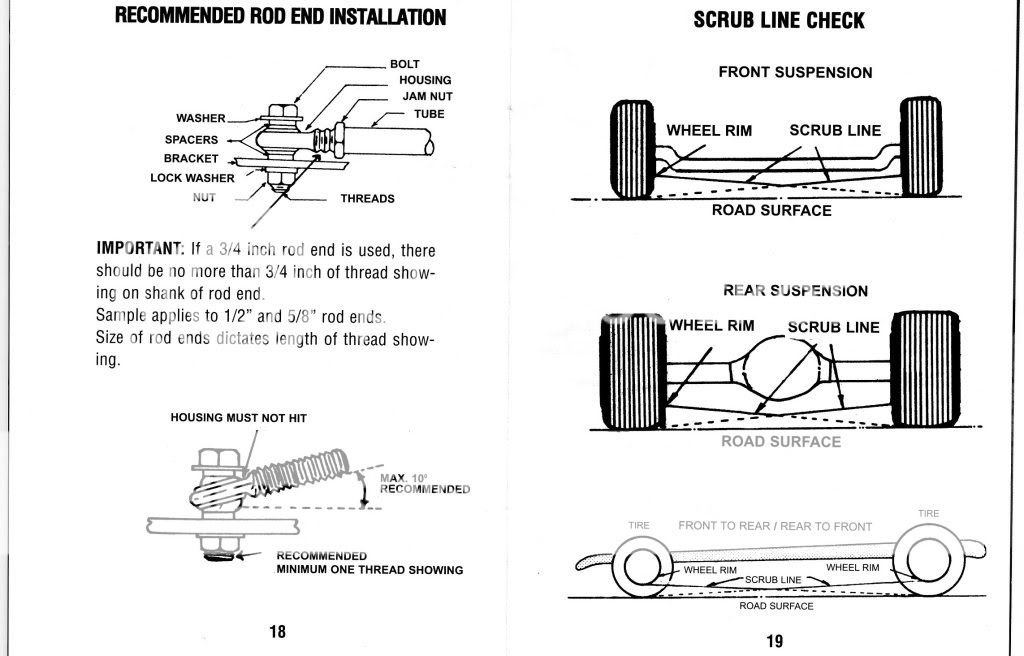TrackTV6
Member
View attachment 6473View attachment 6473View attachment 6473




 View attachment 6473
View attachment 6473

 It sure feels like you are making headway when it will finally roll and steer!
It sure feels like you are making headway when it will finally roll and steer!





 View attachment 6473
View attachment 6473

 It sure feels like you are making headway when it will finally roll and steer!
It sure feels like you are making headway when it will finally roll and steer!







